The 68-year-old man covers his windows with foam mattresses for insulation and sleeps in a concrete basement. He knows the high temperatures can cause heatstroke and death, and his lung condition makes him more vulnerable.
But the retired bricklayer, who lives on about $1,000 a month, says air conditioning is out of his reach.
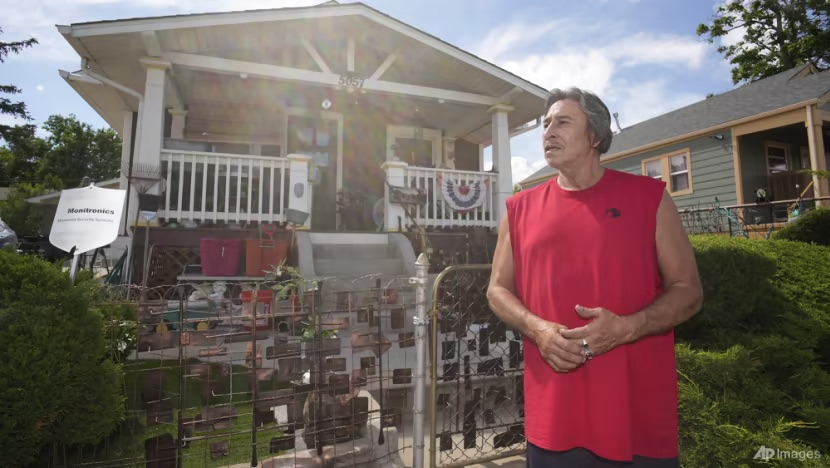
Ben Gallegos stands outside his family home in the Globeville area as daytime high temperatures soar on July 27, 2023, north of Denver. Photo: AP
As climate change creates longer and hotter heat waves, shattering temperature records across the United States and killing dozens, the poorest Americans are enduring the hottest days with the least protection. Air conditioning is now a matter of survival.
As Phoenix endured its 27th straight day of temperatures above 111 degrees on Wednesday, nine people died in homes without air conditioning or with malfunctioning units. Last year, all 86 indoor heat-related deaths were in uncooled environments.
According to a Boston University analysis of 115 U.S. metropolitan areas, the poorest and people of color, from Kansas City to Detroit to New York City and beyond, are the most likely to face extreme heat without air conditioning.
President Joe Biden on Thursday announced a plan to protect against extreme heat, expanding the Low-Income Home Energy Assistance Program, a program that transfers money across states to help poorer households pay their utility bills.
Michelle Graff, who studies subsidies at Cleveland State University, said that while the program is important, it actually only reaches about 16% of the eligible population.
Morian, who has a 13-week-old baby who is susceptible to heat stress, is desperate to keep her home in the Denver suburb of Globeville cool. She has received estimates from four different companies to install a cooling system, but the cost is between $20,000 and $25,000. Even with subsidies, she can’t afford it.
Mai Anh (according to AP, CNA)
Source



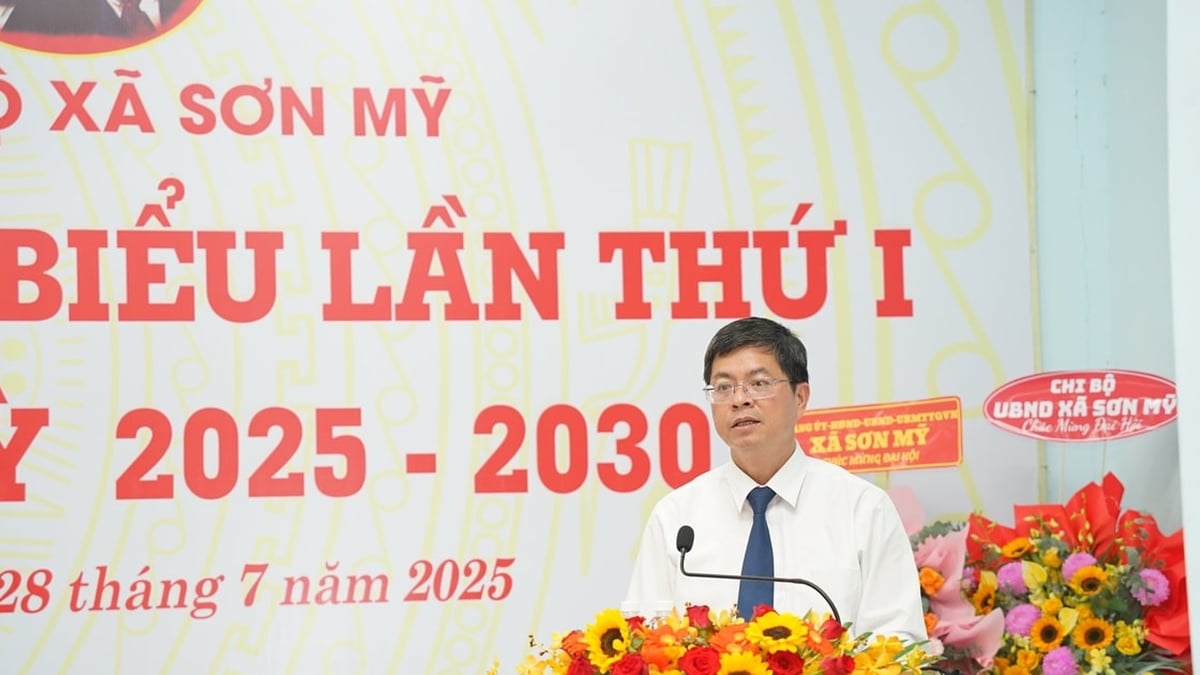
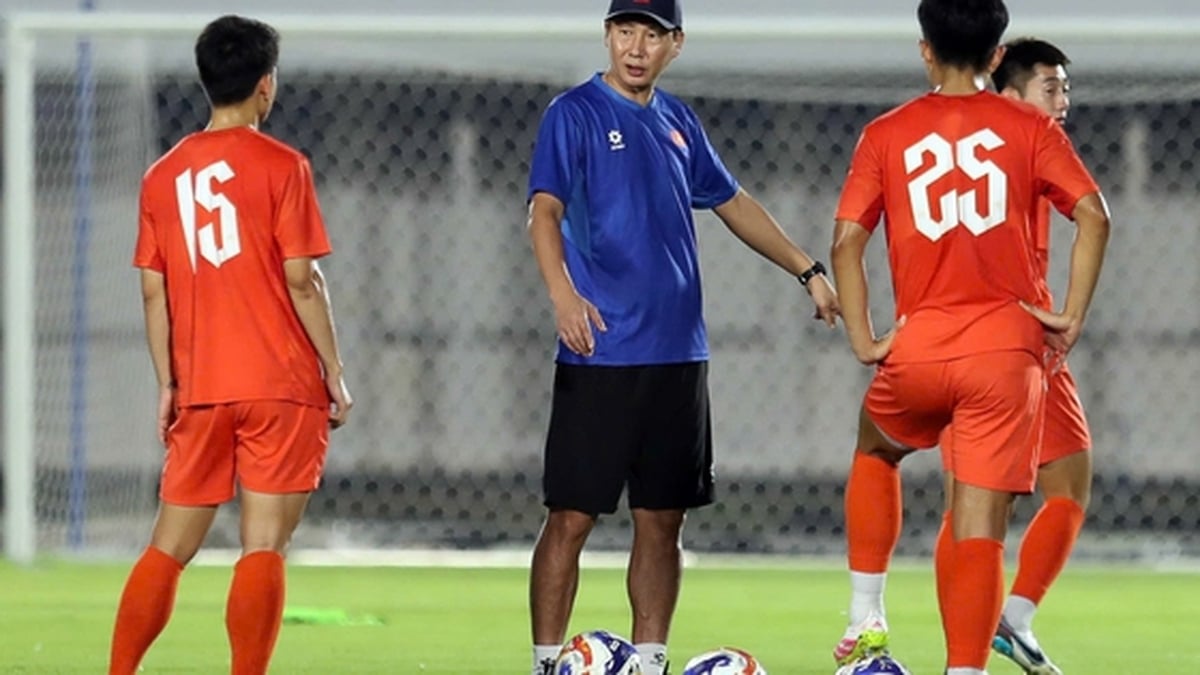
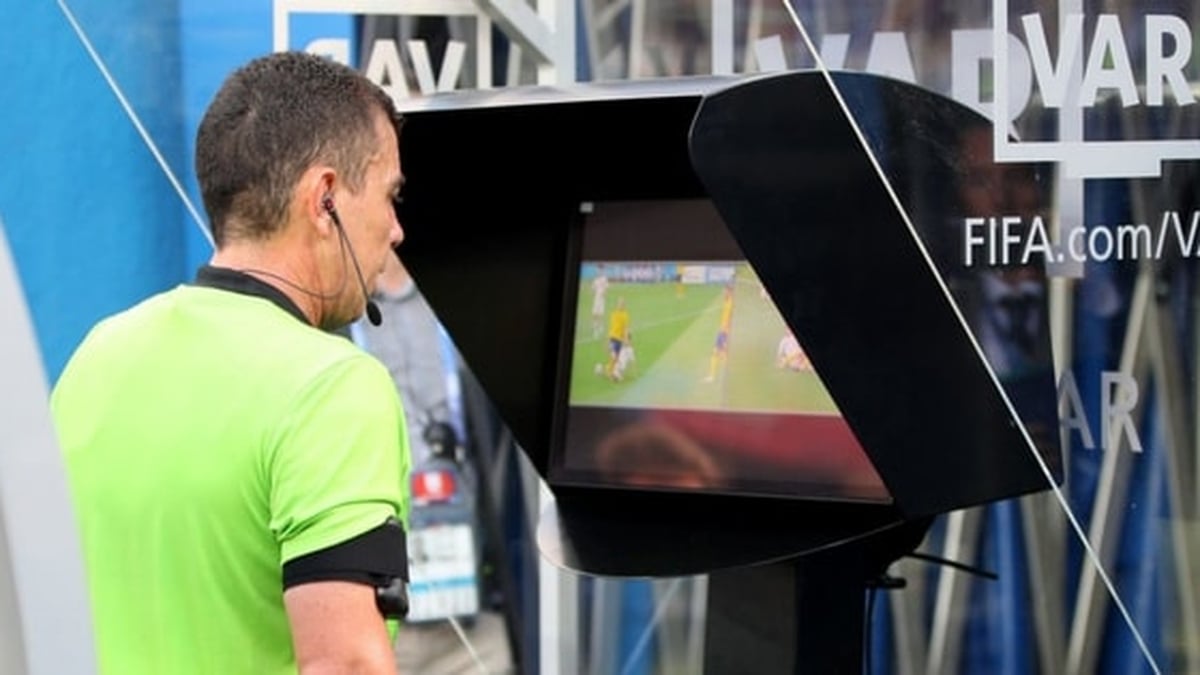


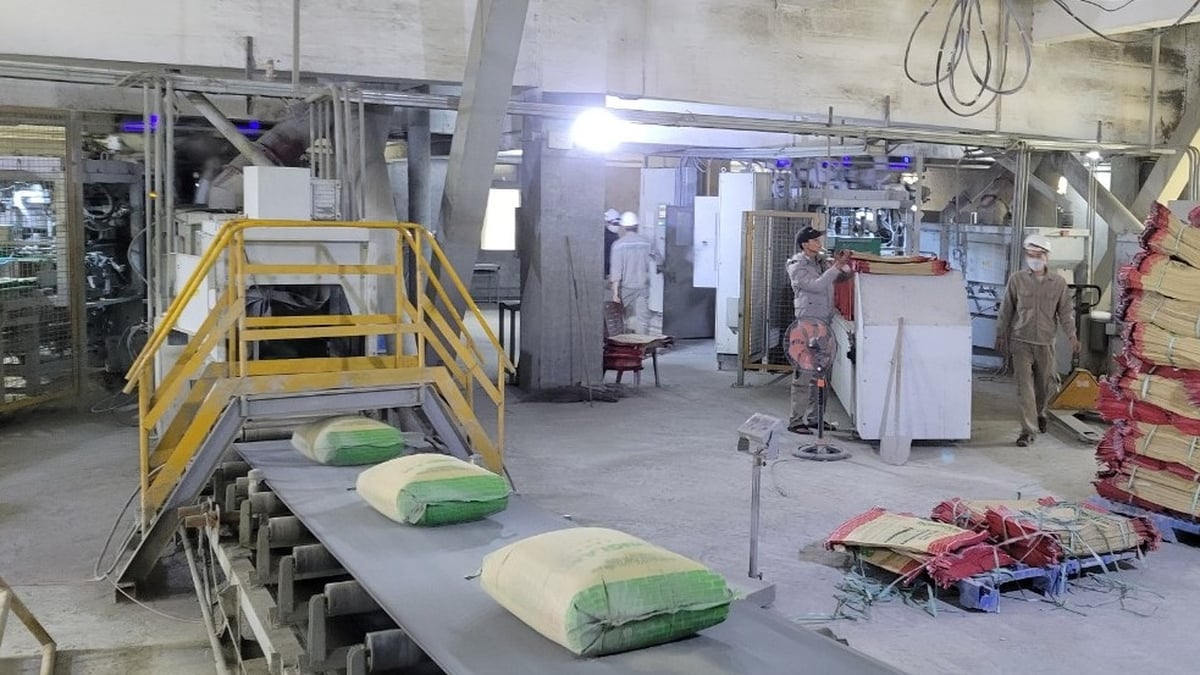


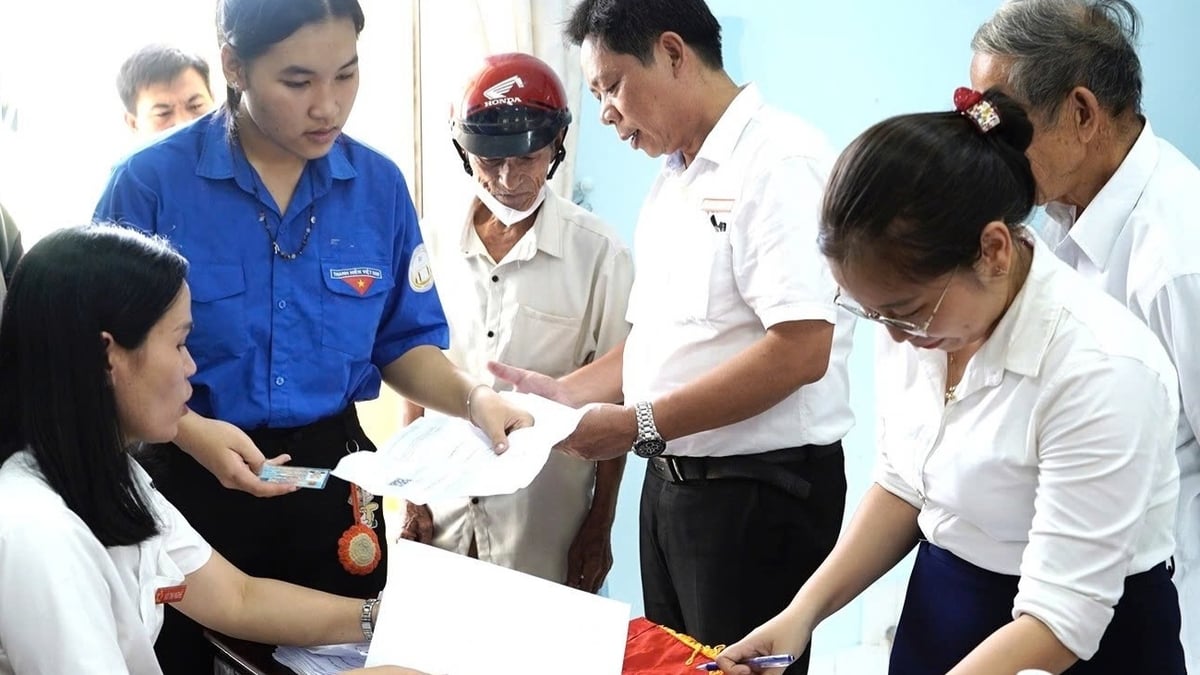











![[Photo] National Assembly Chairman attends the seminar "Building and operating an international financial center and recommendations for Vietnam"](https://vphoto.vietnam.vn/thumb/1200x675/vietnam/resource/IMAGE/2025/7/28/76393436936e457db31ec84433289f72)










































































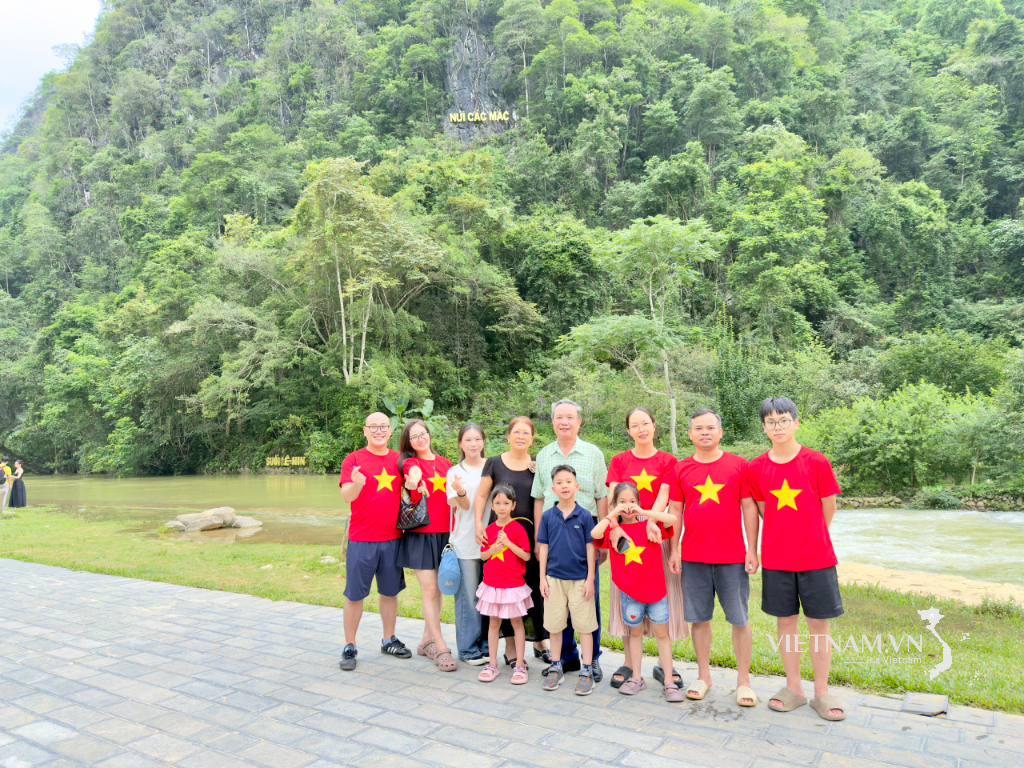

Comment (0)